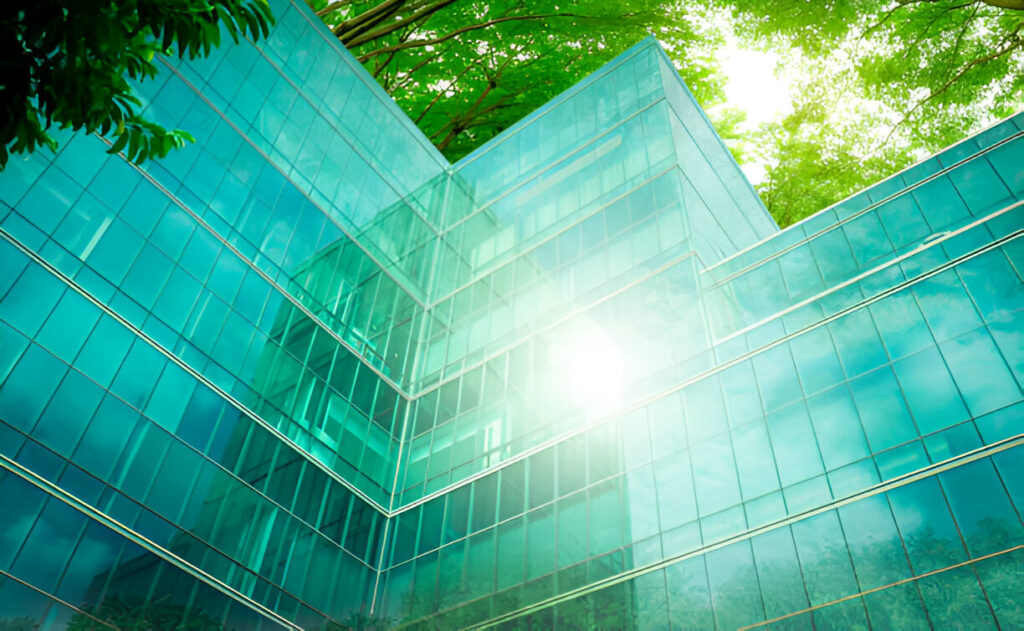As the development industry progressively grasps feasible, metal cladding stands out as an eco-friendly building fabric that adjusts to these objectives. This article digs into the key benefits of metal cladding, counting its enduring execution, plan flexibility, and commitment to vitality, productivity, and supportability. As more makers and builders move toward economical, metal cladding meets the creating demand for eco-friendly building materials. In this article, we will explore the key central focuses of metal cladding, from its long-lasting execution to its clever adaptability and commitment to imperativeness, efficiency, and supportability.
What is Metal Cladding?
Metal cladding systems allude to utilizing metal boards or sheets to cover the outside of a building. These boards are frequently made from steel, aluminum, zinc, copper, or titanium. Metal cladding can connect different building components, including dividers, rooftops, exteriors, and inside highlights. Accessible in a wide range of wraps, surfaces, and colors, metal cladding systems are highly versatile, making them suitable for any fashion plan, from present-day and mechanical to conventional and rustic.
Durability and Longevity
One of the essential reasons metal cladding is so prevalent in cutting-edge development is its extraordinary toughness and long-lasting execution. Buildings exposed to the elements are subjected to wear and tear from climate conditions, contamination, and physical impacts. Metal cladding systems provide a vigorous and versatile defensive layer that can withstand these strengths with negligible damage.
With appropriate establishment and support, metal cladding systems can last 40 to 70 years, making it a cost-effective choice over the long term. Numerous producers offer guarantees for metal cladding frameworks that guarantee their execution over decades, underscoring the material’s long lifespan.
Minimal Support Requirements
Compared to conventional materials like brick, stone, or wood, metal cladding requires little upkeep to maintain its appearance and execution. Its life span decreases the need for frequent repairs or substitutions, making it an engaging choice for property proprietors looking for a low-maintenance option.
Unlike other materials that require exorbitant repairs, regular repainting, or upkeep, metal cladding systems offer an easy-to-care-for surface that remains useful and alluring for numerous years.
Aesthetic Adaptability and Plan Versatility
Metal cladding systems are unimaginably flexible in plan and reasonable for different building styles and applications. Whether utilized on a private domestic building, a commercial building, or indeed a high-rise, metal cladding can be customized to suit any stylish preference.
The adaptability of Metal cladding systems permits planners and architects to make unmistakable and eye-catching exteriors that reflect the character of the building and the encompassing environment.
Energy Effectiveness and Warm Performance
Another noteworthy advantage of Metal cladding systems is their commitment to vitality proficiency. When matched with fitting separator materials, metal cladding can move forward a building’s warm execution, decreasing the need for warming and cooling systems.
Reflective Properties: Numerous sorts of metal cladding, especially those with intelligent coatings, can help diminish sun-oriented warm pick-up. This is particularly valuable in hotter climates, where the sun’s beams can increase a building’s cooling costs. Intelligent cladding makes a difference in diverting warmth, keeping the insides cooler, and decreasing the strain on cooling systems.
Thermal Cover: When metal cladding systems are introduced with a warm separator, they can help keep buildings warm in the winter and cool in the summer. Protect metal boards (IMPs) are outlined with a layer of froth cover sandwiched between two metal sheets, giving predominant cover execution. This can lead to critical vitality investment funds by decreasing intemperate warming or cooling requirements.
Sustainable Building Benchmarks: Metal cladding systems are essential for accomplishing maintainability certifications, such as LEED (Administration in Vitality and Natural Plan) or BREEAM (Building Inquire about Foundation Natural Evaluation Strategy). The material’s vitality, proficiency, recyclability, and diminished natural effect contribute to a building’s overall green rating.
Sustainability and Natural Benefits: As more planners and builders endeavor to make eco-friendly arrangements, metal cladding has become favored due to its durability benefits. From generation to transfer, metal cladding offers a few natural advantages.
Fire Resistance: Metal cladding systems offer predominant fire resistance compared to other materials. Wood or vinyl may contribute to the spread of fire, but metal cladding does not burn or touch off, making it a more secure choice for buildings. This can be noteworthy in zones inclined to fierce blazes or high-rise buildings with exacting fire security regulations.
Conclusion
Due to its various preferences, Metal cladding systems are a progressively well-known choice for private and commercial buildings. Its solidness, negligible upkeep prerequisites, tasteful adaptability, and energy-efficient properties make it a standout fabric for cutting-edge development. Also, its commitment to supportability and its capacity to withstand cruel climates contribute to its appeal.
Whether building an unused domestic, remodeling an existing structure, or creating a commercial property, metal cladding offers a dependable and flexible arrangement that improves the building’s execution, life span, and visual request. Property proprietors and builders are making an astute, long-term venture that includes value by choosing metal cladding systems for their properties and contributing to a more feasible and energy-efficient future.



